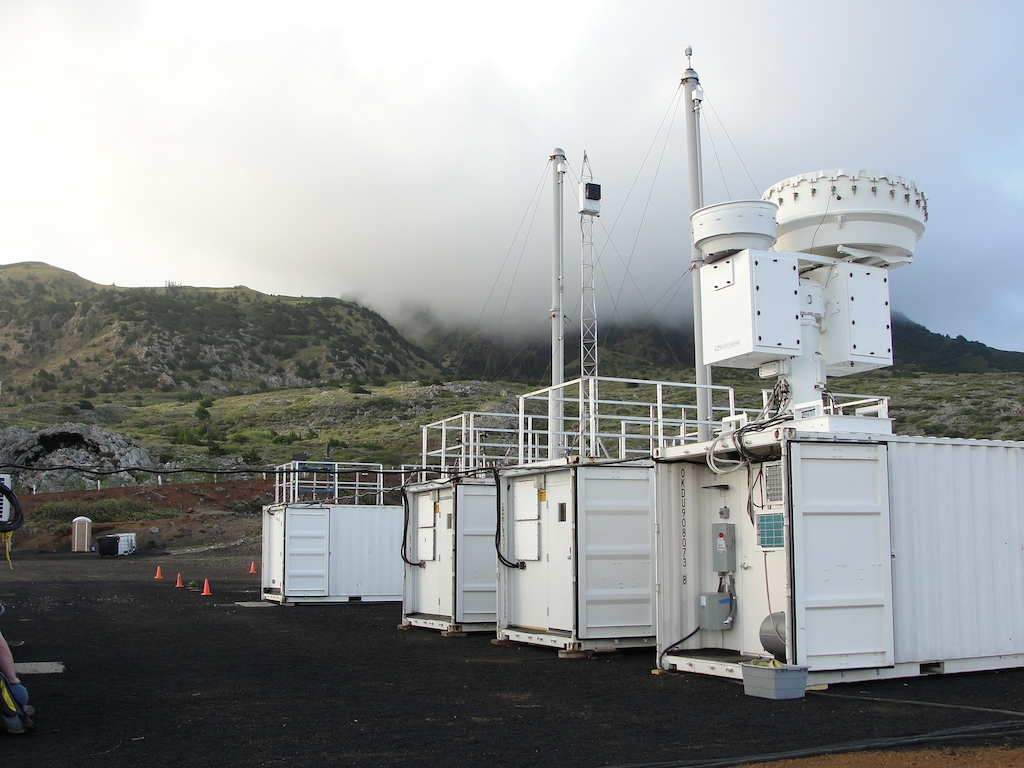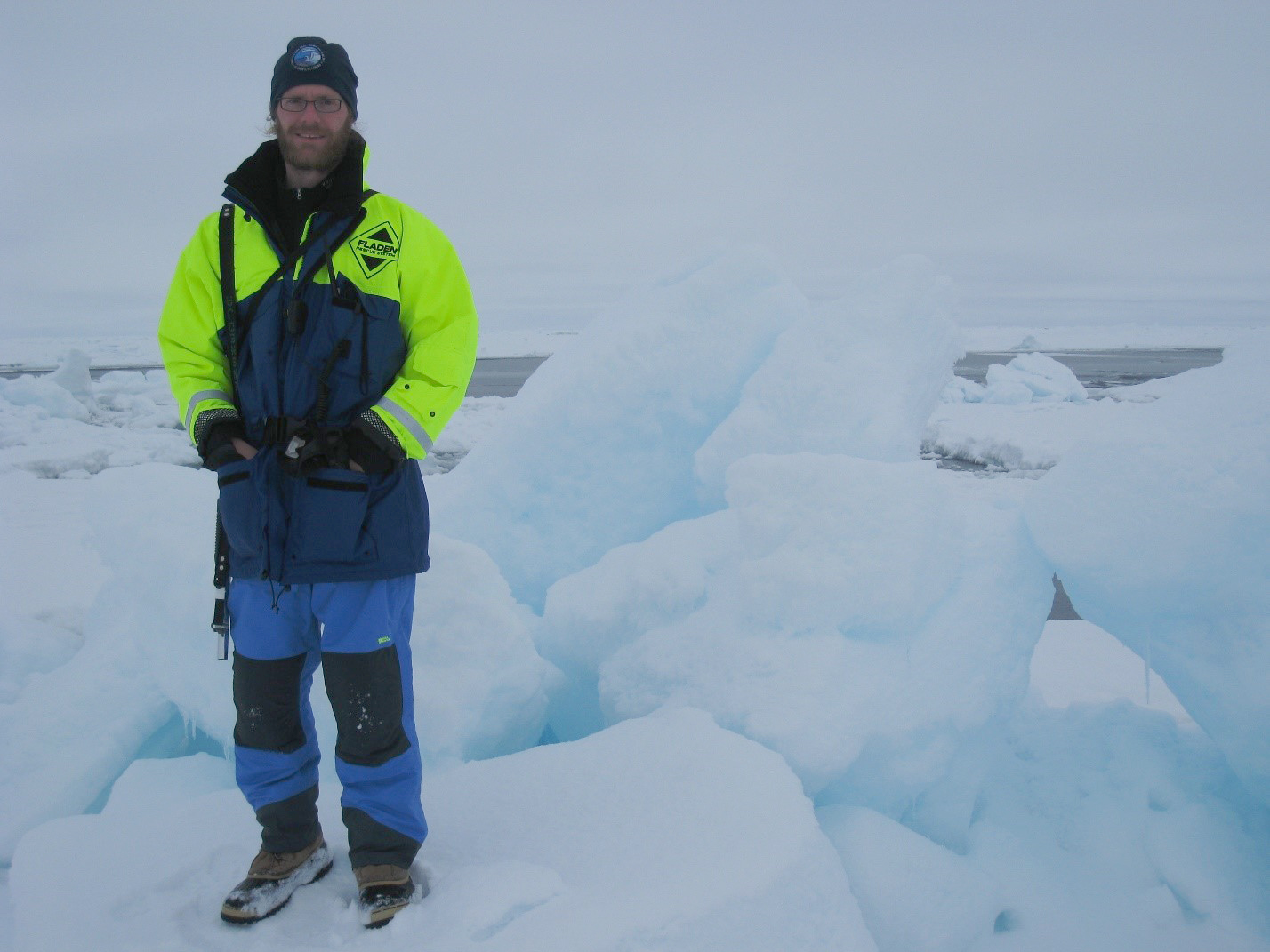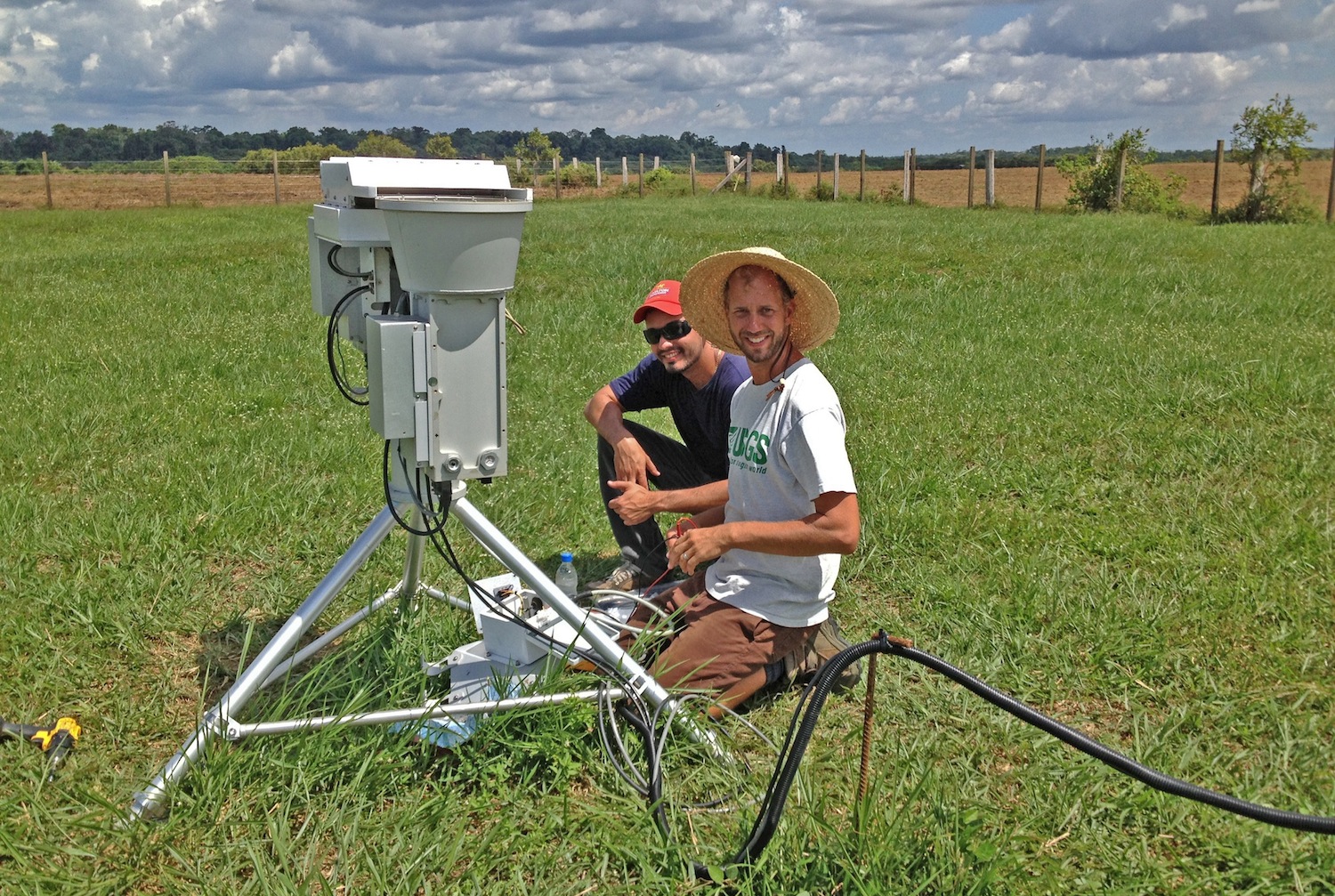5 Tips For a Successful ARM Campaign Proposal
Published: 9 January 2019
Here’s Some Advice from ARM Experts


It’s that time again: Researchers can propose field campaigns that use the U.S. Department of Energy’s Atmospheric Radiation Measurement (ARM) user facility. Preproposals are due April 5, 2019.
ARM’s fixed and mobile atmospheric observatories help researchers answer their big science questions anywhere on the planet. If funded, these proposals can lead to data sets that change how we think about our world.
Atmospheric scientist Paquita Zuidema from the University of Miami went “to the moon,” she says, when her field campaign Layered Atlantic Smoke Interactions with Clouds (LASIC) was accepted. LASIC investigated how clouds react to aerosols—tiny particles in the air—from biomass burning in Africa over Ascension Island in the South Atlantic Ocean.
What makes a proposal successful? Several principal investigators (PIs) and members of ARM’s User Executive Committee (UEC) shared their advice:

1. Focus on the Science
The best proposals are hypothesis-driven and address a question aligned with ARM’s mission: improved understanding of clouds and aerosols in earth system models. These questions are also broad and not solely limited to the PI’s area of interest.
Cloud researcher Matthew Shupe, a past UEC member who is at both the University of Colorado, Boulder, and the National Oceanic and Atmospheric Administration (NOAA), proposed his upcoming field campaign, Multidisciplinary Drifting Observatory for the Study of Arctic Climate (MOSAiC), to address multiple questions about processes in the central Arctic.
“I could go, ‘Oh, we’re going to learn about clouds, and it’s going to be awesome,’” he says. “But we could also learn about atmospheric thermodynamic processes, sea ice processes, biogeochemistry—all these things that I don’t do myself that other people care about.”

2. Do Your Homework
Successful proposals map their science questions onto specific ARM instruments and anticipate value-added products (VAPs), which make the data more accessible.
Think about logistics, too. “If you want to put an instrument on a rowboat, and the instrument is bigger than the boat, that’s not possible,” says Dave Turner, a NOAA meteorologist and author of many successful proposals. The ARM Support for the Plains Elevated Convection at Night (PECAN) campaign, for instance, investigated nocturnal convective systems over the Great Plains.
Finally, successful proposals aim to gather data for from six months to a year. Moving ARM instruments across the world is expensive and time-consuming, so reviewers are less interested in a campaign that lasts only a few months.
3. Get to Know ARM
Attend the yearly Joint ARM User Facility/Atmospheric System Research (ASR) PI Meeting, a key event for getting to know ARM and the ASR community. Prospective PIs can bounce ideas off seasoned scientists to make sure their research goals align with the ARM mission.
Beyond meetings, reach out to constituent groups such as the UEC with questions about proposals and the review process. If you have further questions, you may also contact ARM Technical Director Jim Mather or acting ARM Mobile Facility Manager Heath Powers.
Shupe attributes part of his success with MOSAiC to his interactions with the previous and current DOE ARM Program Managers, Wanda Ferrell and Sally McFarlane. They helped him “understand how the ARM system works,” he says. “I had a really good perspective going into the process.”
4. Build a Strong, Diverse Team
When Turner writes a proposal, he determines his science question first and then assembles the diverse team that can help him answer it.
Simply having a modeler on the team is not enough. Investigators should explain how their data will help improve a model. Proposals with a logic jump between observations and models have what Turner calls the junior high dance problem: “There are observationalists on the right side and modelers on the left side,” he says. “But no one is dancing.”
Reviewers also like to see proposals that work together with other parallel efforts. For LASIC, Zuidema—who is also a UEC member—collaborated with two aircraft campaigns with similar goals. Data from these other campaigns help scientists interpret LASIC’s remote-sensing measurements, and LASIC’s observations provide a long-term context for the aircraft studies.
5. Don’t Give Up
There is a lot of competition for these proposals. But unsuccessful PIs can take hints from reviewers and apply again next year.
“You’re going to get some feedback,” says past UEC member Pavlos Kollias, an atmospheric scientist at Brookhaven National Laboratory and Stony Brook University in New York. “Applying is important, and reapplying while addressing the reviewers’ comments is more important.”
Larry Berg, an atmospheric scientist at Pacific Northwest National Laboratory in Richland, Washington, submitted his proposal for the Two-Column Aerosol Project (TCAP) twice. “Don’t become disheartened,” says Berg, former chair of the UEC. TCAP studied how aerosol properties changed as they moved east from Cape Cod, Massachusetts.
Writing a field campaign proposal is daunting, but worth it. “There’s nothing quite like being out in the field,” says Berg. “Going through this process and having it culminate is really a cool feeling.”
Keep up with the Atmospheric Observer
Updates on ARM news, events, and opportunities delivered to your inbox
ARM User Profile
ARM welcomes users from all institutions and nations. A free ARM user account is needed to access ARM data.


















